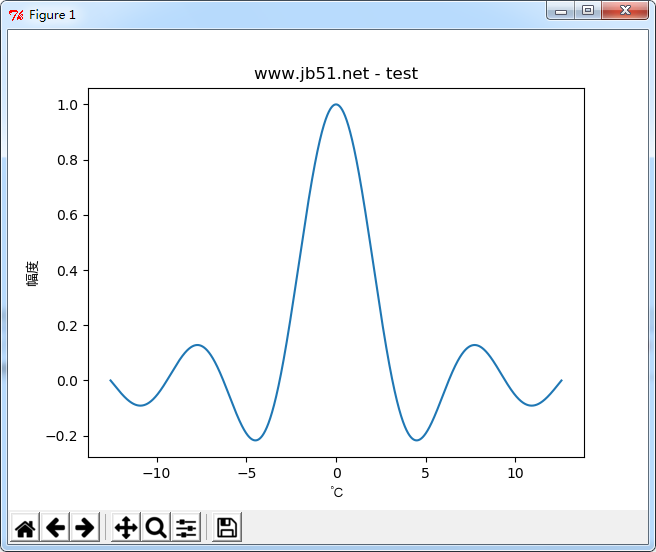详解python eval函数的妙用
python eval函数功能:将字符串str当成有效的表达式来求值并返回计算结果。
函数定义:
eval(expression, globals=None, locals=None)
将字符串str当成有效的表达式来求值并返回计算结果。globals和locals参数是可选的,如果提供了globals参数,那么它必须是dictionary类型;如果提供了locals参数,那么它可以是任意的map对象。
python的全局名字空间存储在一个叫globals()的dict对象中;局部名字空间存储在一个叫locals()的dict对象中。我们可以用print (locals())来查看该函数体内的所有变量名和变量值。
Python版本兼容:
- Python2.7
- Python3.x
eval()主要作用:
1)在编译语言里要动态地产生代码,基本上是不可能的,但动态语言是可以,意味着软件已经部署到服务器上了,但只要作很少的更改,只好直接修改这部分的代码,就可立即实现变化,不用整个软件重新加载。
2)在machin learning里根据用户使用这个软件频率,以及方式,可动态地修改代码,适应用户的变化。
英文解释:
The arguments are a string and optional globals and locals. If provided, globals must be a dictionary. If provided, locals can be any mapping object.
The expression argument is parsed and evaluated as a Python expression (technically speaking, a condition list) using the globals and locals dictionaries as global and local namespace. If the globals dictionary is present and lacks ‘__builtins__', the current globals are copied into globals before expression is parsed. This means that expression normally has full access to the standard builtins module and restricted environments are propagated. If the locals dictionary is omitted it defaults to the globals dictionary. If both dictionaries are omitted, the expression is executed in the environment where eval() is called. The return value is the result of the evaluated expression. Syntax errors are reported as exceptions. Example:
例子:
a=1
g={'a':20}
eval("a+1",g)
结果:
1
例子2, 测试globals, locals
x = 1
y = 1
num1 = eval("x+y")
print (num1)
def g():
x = 2
y = 2
num3 = eval("x+y")
print (num3)
num2 = eval("x+y",globals())
#num2 = eval("x+y",globals(),locals())
print (num2)
g()
num1的值是2;num3的值也很好理解,是4;num2的值呢?由于提供了globals()参数,那么首先应当找全局的x和y值,也就是都为1,那么显而易见,num2的值也是2。如果注释掉该句,执行下面一句呢?根据第3)点可知,结果为4
实例展示:
可以把list,tuple,dict和string相互转化。
#################################################
字符串转换成列表
>>>a = "[[1,2], [3,4], [5,6], [7,8], [9,0]]"
>>>type(a)
<type 'str'>
>>> b = eval(a)
>>> print b
[[1, 2], [3, 4], [5, 6], [7, 8], [9, 0]]
>>> type(b)
<type 'list'>
#################################################
字符串转换成字典
>>> a = "{1: 'a', 2: 'b'}"
>>> type(a)
<type 'str'>
>>> b = eval(a)
>>> print b
{1: 'a', 2: 'b'}
>>> type(b)
<type 'dict'>
#################################################
字符串转换成元组
>>> a = "([1,2], [3,4], [5,6], [7,8], (9,0))"
>>> type(a)
<type 'str'>
>>> b = eval(a)
>>> print b
([1, 2], [3, 4], [5, 6], [7, 8], (9, 0))
>>> type(b)
<type 'tuple'>
安全问题:
因为eval的特型, 很可能被黑客利用,造成安全问题。
怎么避免安全问题?
1、自行写检查函数;
2、使用ast.literal_eval代替
以上就是本文的全部内容,希望对大家的学习有所帮助,也希望大家多多支持【听图阁-专注于Python设计】。



